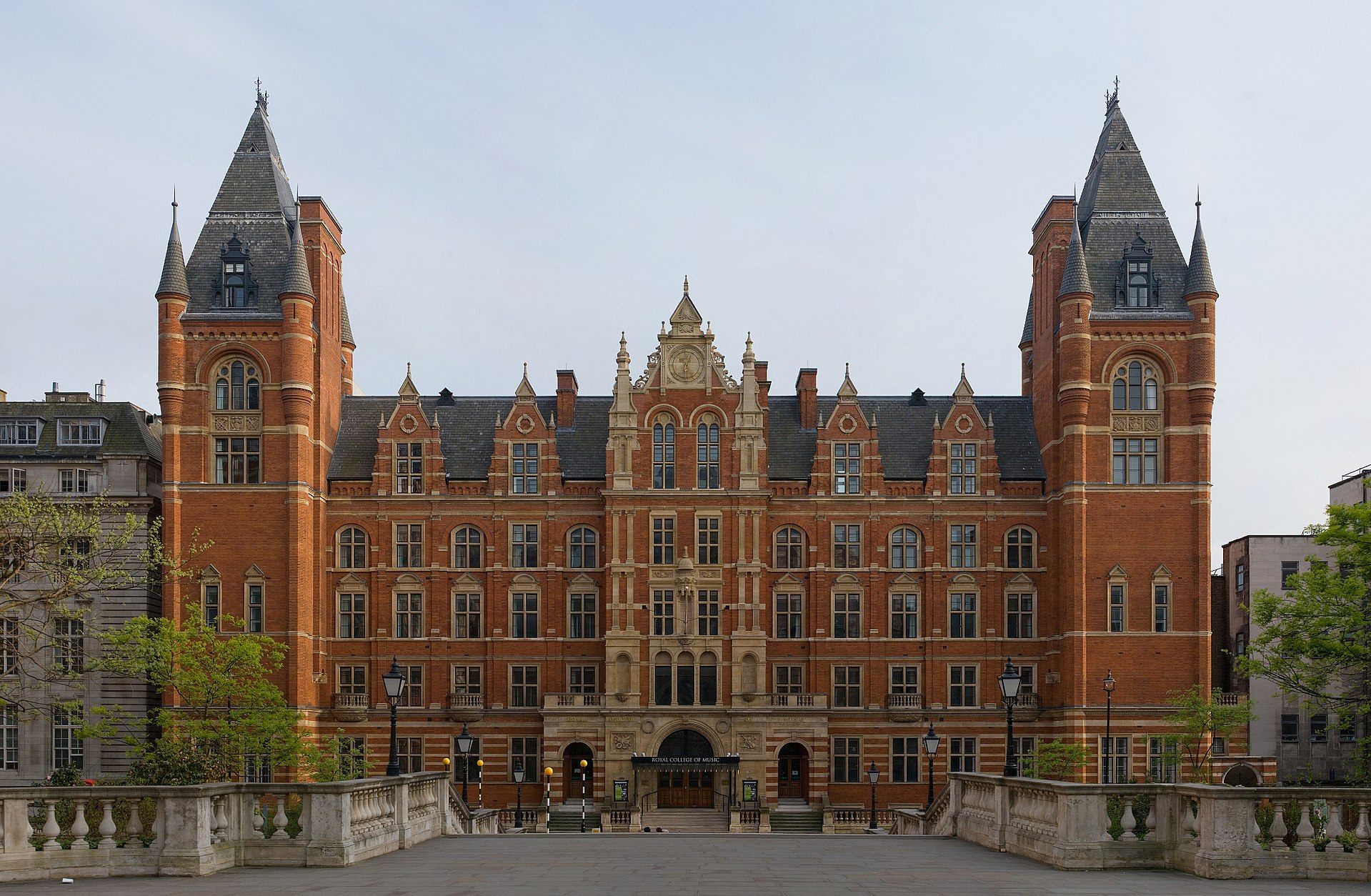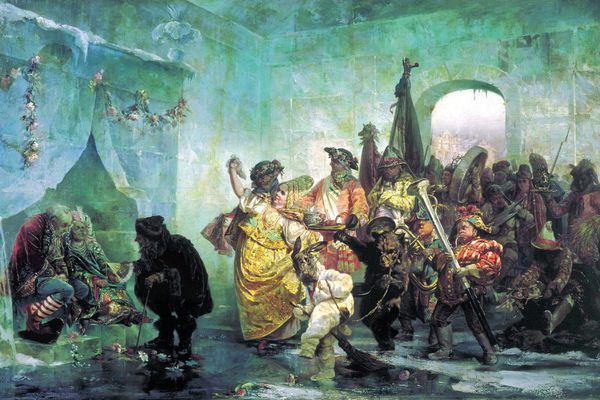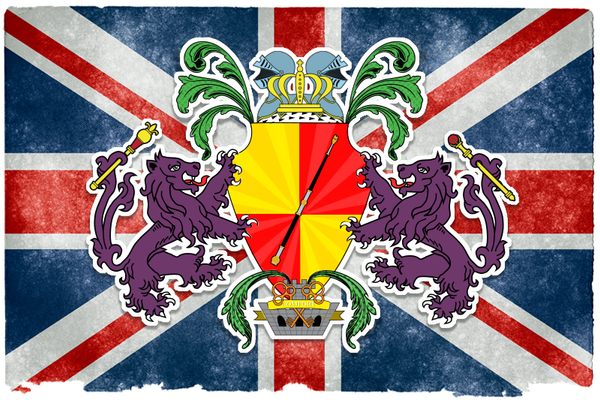In the U.K. You Need Permission to Put ‘Royal’ in Your Business Name
It’s not a word you can just throw around.
In Manhattan, it’s easy to feel like a king just by shopping around. Within a few blocks of 42nd Street, you can find Royal Grill Halal Food, Royal Hair Extensions, and Royal Realty. Farther out, you’ve got Royal Pizza, Royal Jewel Setting, and The Royal, a gay bar in Jersey City.
You will not find such a diversity of regal nomenclature in London. Why not? Blame the actual Crown. In the U.K.—and in other Commonwealth nations, including New Zealand and Canada—“Royal,” “King,” “Queen,” and associated terms are considered “sensitive words.” Before you slap them on a storefront, letterhead or product, you generally have to ask.
It’s not just a question of manners. As the U.K. business consultancy Jordans puts it in a blog post, royalty-related business names are restricted “because of their potential to mislead, confuse and/or offend the general public.” The provision is not so different than those that prevent businesses from calling themselves banks when they aren’t accredited, or from naming themselves after unaffiliated famous people. The idea is to avoid suggesting that the nonprofit, hardware store, or chippy in question is genuinely Palace-approved.
An official document by Companies House—the government agency that registers all of the U.K.’s limited companies—gives the details. Using the words “Royal,” “Royalty,” “King,” “Queen,” “Duke,” “Duchess,” “Prince,” “Princess,” or “His/Her Majesty” in a business name requires “a letter or email of non-objection from the relevant body,” it explains. (This is true for both sole traders and limited companies.) In England and Northern Ireland, the relevant body is the Cabinet Office. In Wales, it’s the government’s Communications Division, and in Scotland, it’s the Protocol and Honours Team.

When applying, the document continues, it helps to namedrop: businesses should include “details of any Royal or Government associations.” Pubs are called out specifically, and asked to provide “evidence of location and length of time in existence.” And if it’s just that your last name is, say, “Duke,” you have to prove that, too. Approval is “a mark of Royal favour,” and is “sparingly granted,” another guidance document warns.
A name alone does not a company make: you also need a logo and, of course, something to sell. If you feel like sidling up to royalty in either of these areas, it’s time to involve the Lord Chamberlain’s Office, which is “empowered to grant consent … on behalf of Her Majesty the Queen,” and has its own guidance documents. Such consent is required to sell objects that involve the Royal Arms, the Duke of Edinburgh’s Arms, the Prince of Wales’s Three Feathers Badge, or any royal flags. (Again, this isn’t dissimilar from rules that prevent companies from, say, using the U.S. Presidential Seal.)
Royal crowns are a special case. The Lord Chamberlain’s Office has one document showing designs of crowns (and coronets) that can’t be used in trademarks or products, and another showing those that can. And while you can sometimes sell items that depict members of the royal family, or royal residences, these must be “of a permanent kind, free from advertisement, [and] in good taste.”
Finally, there’s a provision against using product names “in such a manner as to be likely to lead persons to think that the applicant either has, or recently has had, Royal patronage or authorization.” The rules here are realist: while the public might be tricked by the word “royal” used in conjunction with the sale of “high quality porcelain” or “luxury foods,” they are unlikely to fall for it when it comes to “goods which are far enough removed from any association with the Royal family” such as “skateboards … computer games, or T-shirts.” In other words, you’re more likely to get away with “Queen Mother Elbow Pads” than “Princess Caviar.” (If you actually do supply goods to a member of the royal family, and thus have a royal warrant, you can use the relevant coat of arms in certain circumstances.)
All rules have exceptions. The official documentation explains that these may be varied “on occasional events of national importance,” such as the May 19 royal wedding. As a recent memorandum states, Prince Harry recently approved the “temporary relaxation” of rules related to souvenirs bearing his own coat of arms, as well as images of himself and Meghan Markle.
If you’ve made it this far, you won’t be surprised to learn that the exceptions have exceptions too. You can’t put the couple on T-shirts, aprons, or “drying up cloths.” If they’re on packaging, it must be at least “semi-indestructible.” (You can, apparently, put their heads on Pez dispensers.) It’s also a limited-time offer: “Souvenirs of the Marriage of Prince Harry and Ms Meghan Markle may not be manufactured after,” the document cautions. In other words, sneak through this royal loophole while you can.








Follow us on Twitter to get the latest on the world's hidden wonders.
Like us on Facebook to get the latest on the world's hidden wonders.
Follow us on Twitter Like us on Facebook